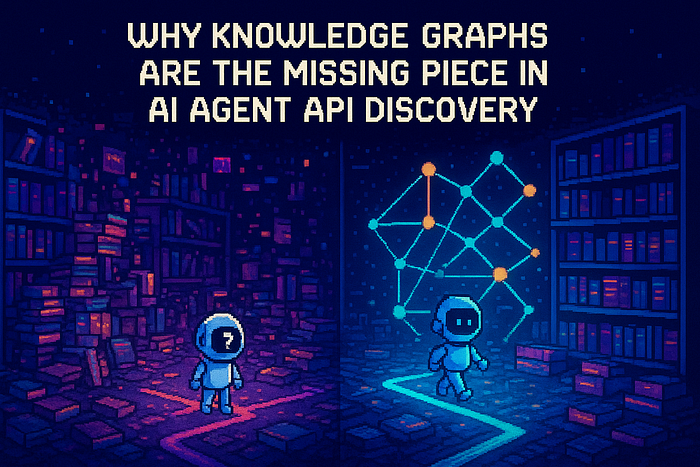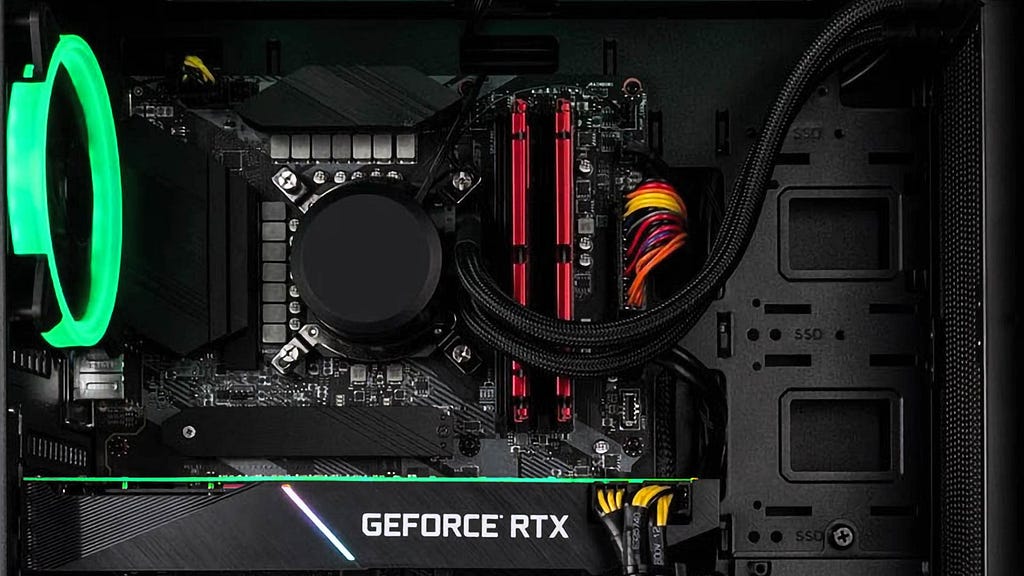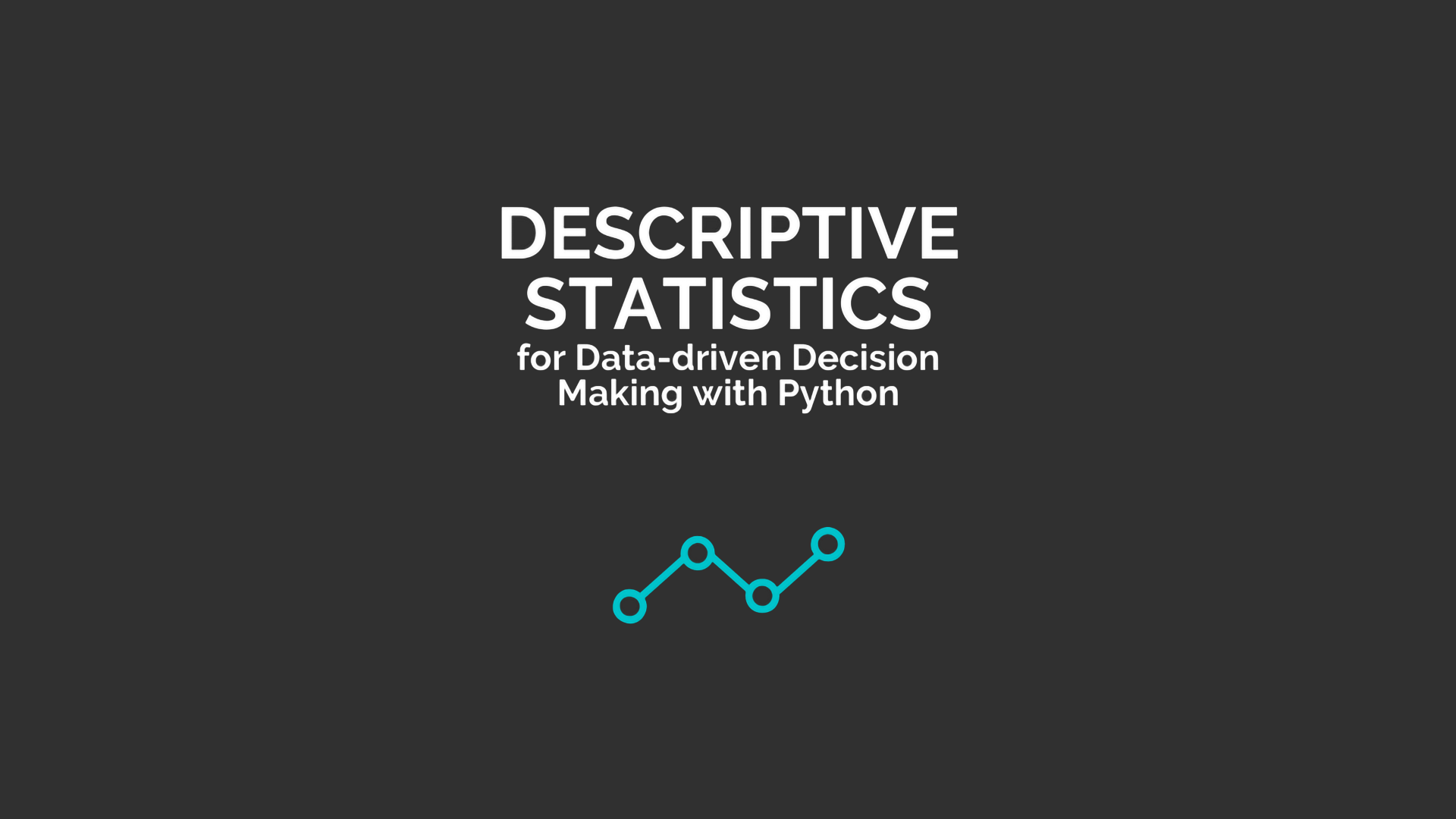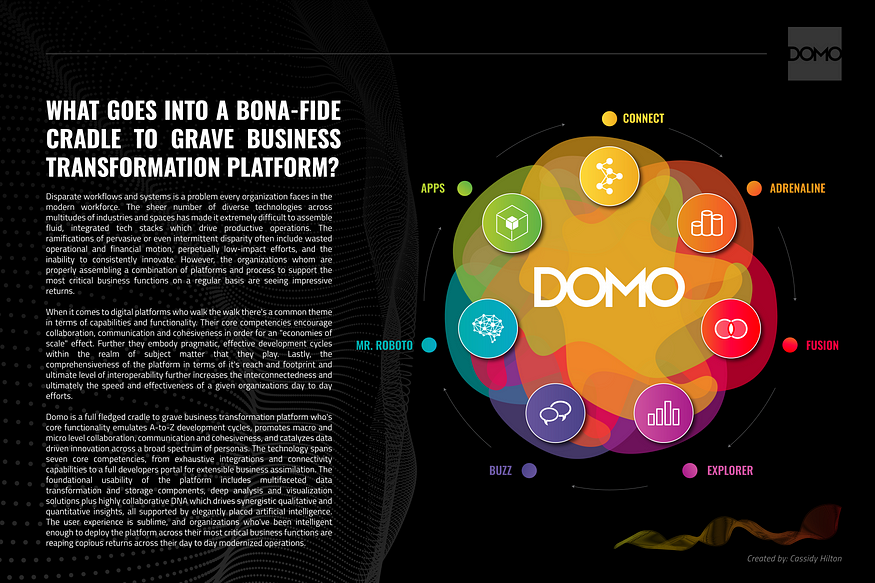
Behind the Eyes of Llama 4: How Meta’s AI Models Think in a 10-Million-Token World
Last Updated on April 15, 2025 by Editorial Team
Author(s): R. Thompson (PhD)
Originally published on Towards AI.

The Shift We Never Saw Coming…
Imagine AI that doesn’t just generate text, but actively reasons across sprawling codebases, legal archives, images, and even satellite data. On April 5, 2025, Meta released the Llama 4 family — Scout, Maverick, and Behemoth — each engineered for multimodal intelligence and capable of handling up to 10 million tokens of context. That’s nearly 80x the capacity of Llama 3 and far beyond the average limits of current commercial LLMs.
These models don’t just perform. They solve real-world bottlenecks, from software development to STEM research and policy intelligence.
Llama 4 Scout is designed for tasks that demand long-range context, such as multi-document summarization and deep code analysis. It comes with 17 billion active parameters and runs efficiently even on a single NVIDIA H100 with Int4 quantization.
Llama 4 Maverick is the workhorse for most tasks. Built with 400 billion parameters (128 MoE experts), it combines cost efficiency with high Elo performance (1417 on LMArena). It performs exceptionally well in coding, vision-language tasks, and multilingual interactions.
Llama 4 Behemoth, still training, is designed to lead in STEM-heavy benchmarks like MATH-500 and GPQA Diamond. With 288 billion active parameters and almost 2 trillion total, it’s a glimpse into what future distilled… Read the full blog for free on Medium.
Join thousands of data leaders on the AI newsletter. Join over 80,000 subscribers and keep up to date with the latest developments in AI. From research to projects and ideas. If you are building an AI startup, an AI-related product, or a service, we invite you to consider becoming a sponsor.
Published via Towards AI
Take our 90+ lesson From Beginner to Advanced LLM Developer Certification: From choosing a project to deploying a working product this is the most comprehensive and practical LLM course out there!
Towards AI has published Building LLMs for Production—our 470+ page guide to mastering LLMs with practical projects and expert insights!

Discover Your Dream AI Career at Towards AI Jobs
Towards AI has built a jobs board tailored specifically to Machine Learning and Data Science Jobs and Skills. Our software searches for live AI jobs each hour, labels and categorises them and makes them easily searchable. Explore over 40,000 live jobs today with Towards AI Jobs!
Note: Content contains the views of the contributing authors and not Towards AI.














